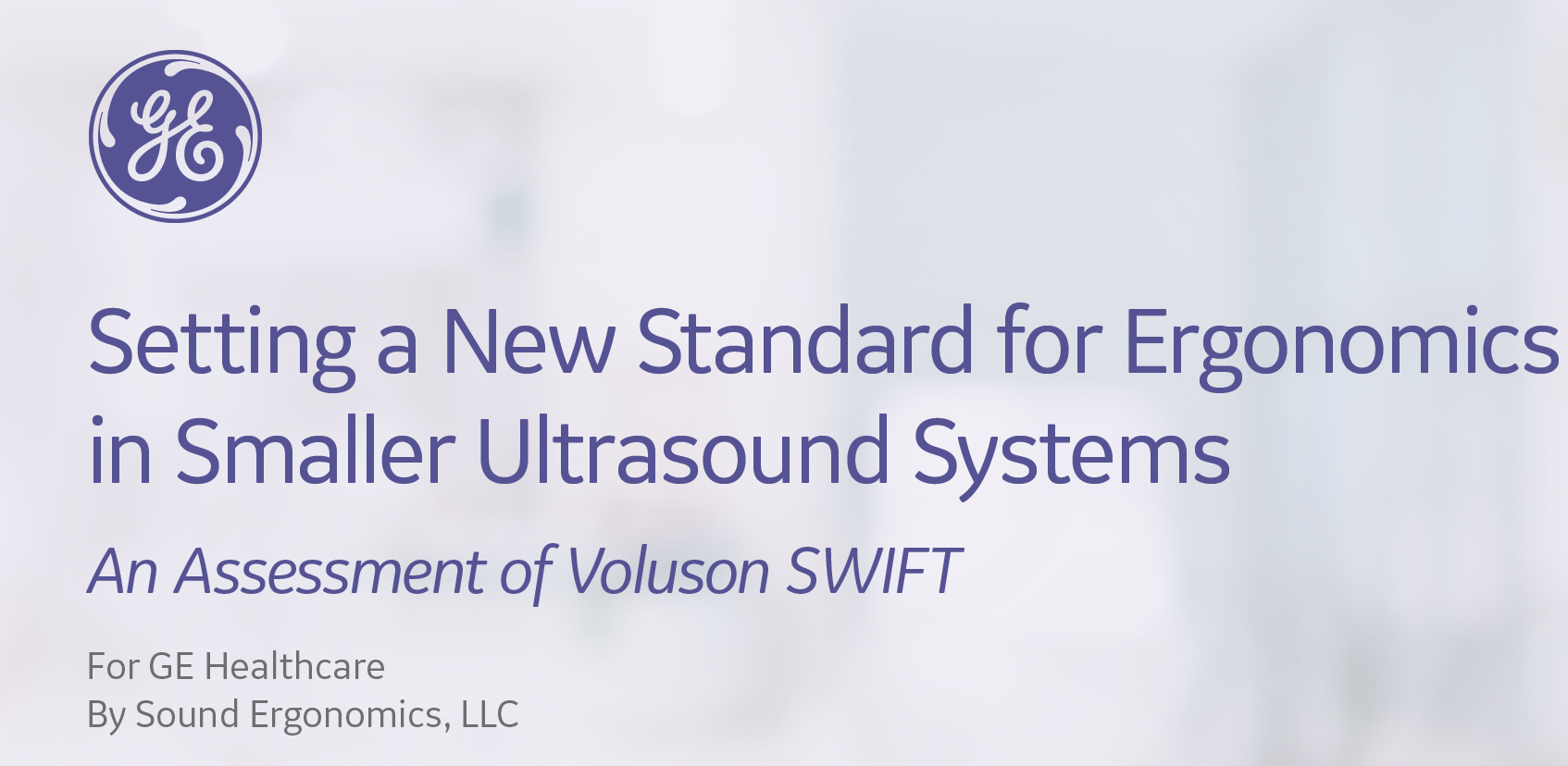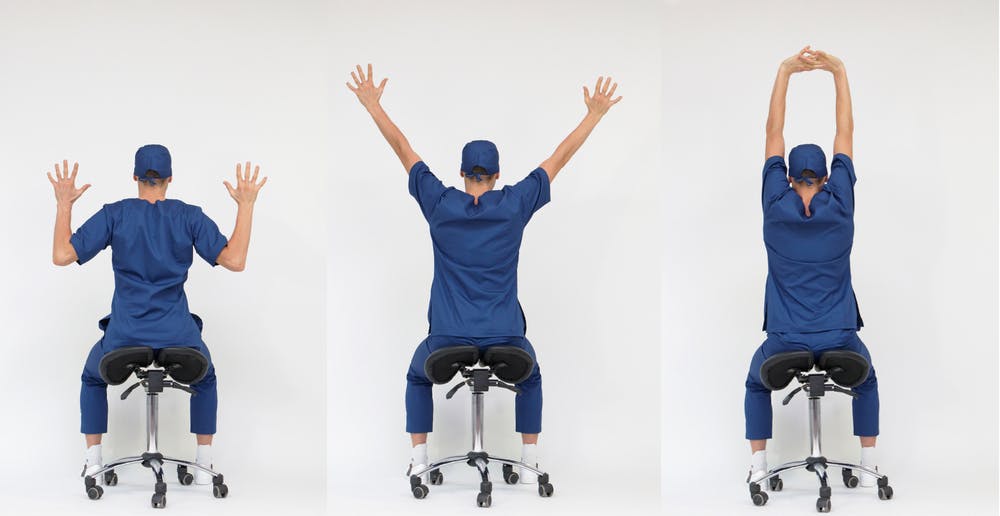Ultrasound ergonomics may seem like a secondary concern for a practice selecting equipment to purchase or lease—just behind machine function and diagnostic capability. However, when one considers the striking number of sonographers affected by work-related musculoskeletal disorders (WRMSDs), the concept becomes more important. While poor ergonomic design in ultrasound technology is only one factor in the development of WRMSDs, it is a direct contributor.
Prevalence and Consequences of WRMSDs
Imagine sitting all day, repeatedly performing the same type of ultrasound. One patient may be larger, so you're reaching more. The machine could be difficult to raise and lower, so you look up or down frequently throughout the day instead of adjusting it. Or maybe the machine doesn't prompt you when the image is insufficient, so you spend more time scanning for additional images. By the end of the day, your hand is cramping, and your wrist aches.
A 2023 article in the Journal of Ultrasound in Medicine cites the number of ultrasound professionals with WRMSDs as "significant," at 90%. WRMSDs result in absenteeism, decreased productivity, sick leave, worker's compensation claims, and sonographers leaving the profession. The American Institute of Ultrasound in Medicine (AIUM) Practice Principles outlined in this journal article discuss education, workflow, workload, psychological stress, falls, and other factors that contribute to or help prevent WRMSDs. The article also makes it clear that the Occupational Safety and Health Administration (OSHA) considers it the employer's responsibility to protect the employee from this type of injury. However, the employee should also participate in the prevention process.
Controlling the Environment to Prevent WRMSDs
The AIUM recommends specific areas of value in preventing work-related musculoskeletal disorders for the employer, including the following:
- Administrative controls cover scheduling, proper staffing, appropriate room design, and ergonomic and adjustable equipment. These four elements ensure that sonographers aren't overworked, take appropriate breaks, have enough space to work, and can adjust equipment easily to support their work.
- Workplace culture includes supporting the employees and encouraging them to report WRMSDs. Employers should also provide regular and continuing education about injuries common to sonographers, so that they understand the risks, symptoms, and prevention techniques. The AIUM also encourages workplaces to evaluate whether their programs, reporting, and education achieve the desired goals.
Ergonomics in Action
The need for better ultrasound ergonomics is more apparent in large ultrasound systems; smaller systems have received less attention. However, today's advanced ultrasound technology is not always housed in a large machine. Even smaller machines should feature a design that minimizes the chance of sonographer injury.
The Voluson™ SWIFT ultrasound incorporates many of AIUM's suggestions for general ergonomic principles right into the machine. For example, the AIUM suggests adequate rest breaks, including "micro-breaks" in which the sonographer rests the transducer and relaxes their hand for a few moments during the exam (e.g., while taking measurements). The Voluson SWIFT reduces transducer time by offering a touch screen customized to the sonographer's individual working style. The Scan Assistant feature also reduces transducer time by immediately recognizing view captures and activating the appropriate items (e.g., measurement calipers). Another tool, SonoLyst, recognizes, labels, and measures anatomy, or provides the sonographer instructions for capturing a better image.
The lightweight design of Voluson SWIFT also enables users to easily manipulate it with one hand throughout the exam, increasing the likelihood of them adjusting to a position that considers AIUM's recommendations and avoids excessive reaching. The sonographer can also use the system while seated, or while standing in a neck-neutral position; their wrist rests on a waterfall edge specifically designed to reduce pressure.
With such high rates of injury, practices must attend to reducing sonographers' risk of musculoskeletal injuries. While many sonographers prioritize this goal, it's also a primary responsibility of the employer to ensure that the workplace is safe and provide ergonomically-designed equipment to help them avoid these injuries and maintain long careers. Ultrasound technology, while just one aspect of this challenge, offers real solutions that compound benefits to the sonographer over the short and long term.
Interested in learning more? Click HERE.






